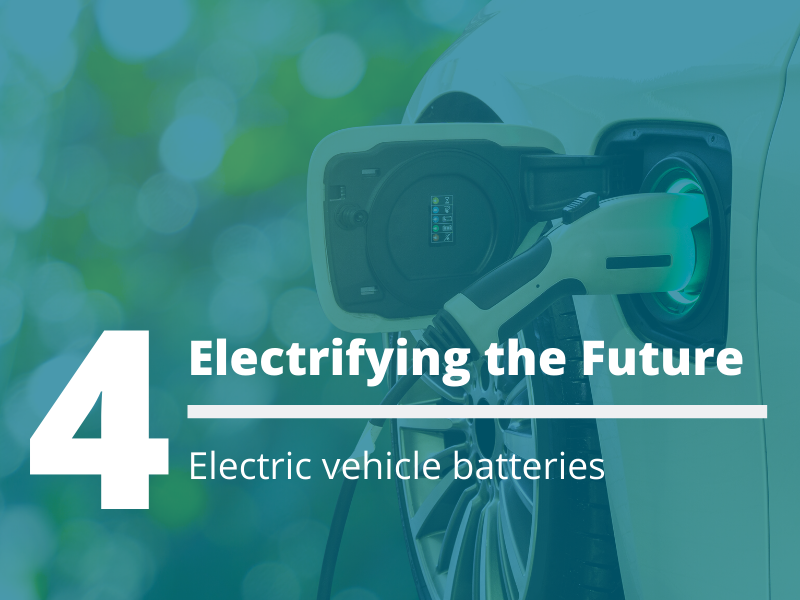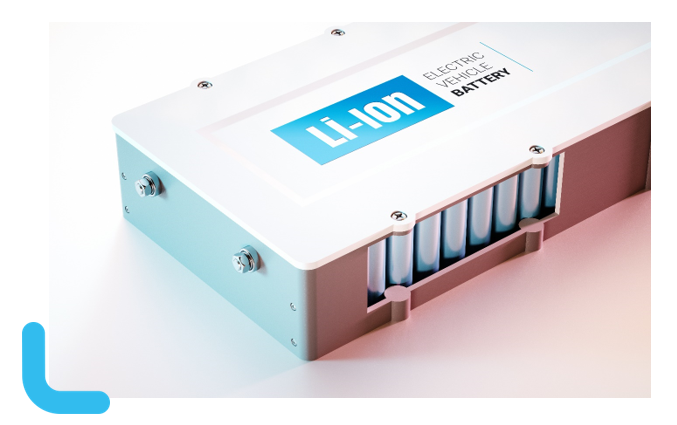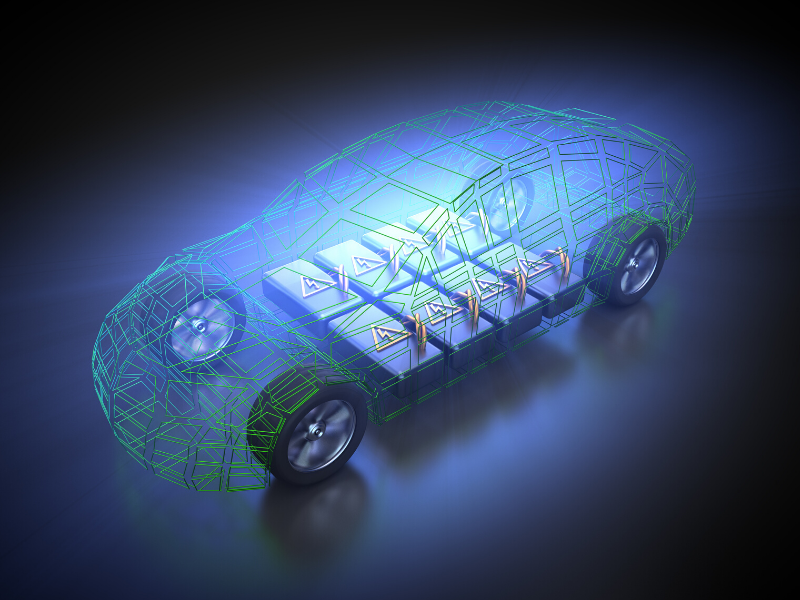- Don’t overcharge it: keeping your electric car fully charged can actually damage it. Most electric cars will stop charging when they reach capacity.
- While electric-car batteries have a built-in thermal management system to keep them cool, it’s still worth seeking out a shady spot on a hot day.
- Some battery experts recommend keeping your state of charge between 15% and 90% whilst others say 20%-80%. Whilst advice varies, fundamentally the rule is don’t overcharge your car battery or let it go flat.
- It’s also advisable to avoid immediately charging your electric car following a particularly spirited drive. Give the batteries a chance to cool down first.
- Limit your use of fast chargers. Obviously, there are times when you need a top-up on the move, and they give you a quick boost of up to 80% in a short space of time. But don’t rely solely on fast chargers to keep your car topped up, as they’re not good for it in the long run. Slow charge whenever you can.
26th November 2019
Electric Vehicle Batteries

Along with price and range, battery life is one of the top concerns for buyers of electric cars. And rightly so – most use lithium-ion batteries, the same technology found in your phone or laptop. As we’re all too familiar with, they lose some capacity over the course of their life.
But while the basic science covering your phone battery and a car battery is the same, there are big differences in how they’re charged and discharged. Unlike your phone, most car batteries have a built-in buffer, which means you can never really drain them to 0% charge or, in some cases, charge them to a true 100%. That’s because it’s the continual 0-100% charging cycle that is most damaging to batteries over a relatively short timespan.
That’s fine in a phone, which you can afford to replace every year or two. Fortunately, most car manufacturers provide a standard eight-year or 100,000-mile battery warranty and will cover a certain amount of battery degradation during this time.

Batteries
The battery pack of an EV consists of thousands of individual cells, which together produce the required output to drive the car’s motor. They are typically exceptionally heavy and need to be protected against accident damage – so the packs are engineered to be very strong and are often surrounded by structural elements of the car.
Efforts are also made to avoid the battery pack intruding into the passenger or boot area, which would compromise comfort and practicality. In many cases, this results in a low-profile pack that is mounted near to the ground. This helps to keep the vehicle’s centre of gravity low, and thus help it to stay planted when you drive round corners.
Many electric cars also make use of what is dubbed a ‘skateboard’. This typically refers to a configuration in which the battery, chassis and running gear form one complete rolling assembly – and the body of the car is simply dropped on top. This allows for improved flexibility, among other things, and allows manufacturers to use one well-configured skateboard to underpin several different styles of car.
Electric cars also commonly have an auxiliary battery to power the car’s electrics, meaning the car’s lights and infotainment system will still work if you run out of power from the main battery stack.
The lifespan of the battery pack depends on how much it’s charged. You can extend the life of the batteries by only charging them up to 80% and trying not to let them drop below 50% too often.

What are EV batteries made from?
Most electric and hybrid car batteries are made from lithium & cobalt, and work in the same way as batteries in household appliances, mobile phones and laptops. Their capacity will decline over time, but not massively; 80% of the original capacity after eight years of daily use is expected. There are concerns about the long term sustainability of sourcing materials for these batteries. In 2018, 140,000 metric tonnes of cobalt was mined and 64% of this came from the Democratic Republic of Congo.
What are solid state batteries?
The next big step appears to be a move to solid-state batteries; BMW, Toyota and Volkswagen, among others, are aiming for a start to mass production in the mid-2020s. Solid-state batteries have the potential to deliver shorter charging times and greater ranges than lithium ion ones, while being smaller and potentially cheaper. They would also last for longer and be safer. A range of 500 miles could be achievable in the future.
Stay tuned for part 5 next week, where we will be looking at electric vehicle charging.